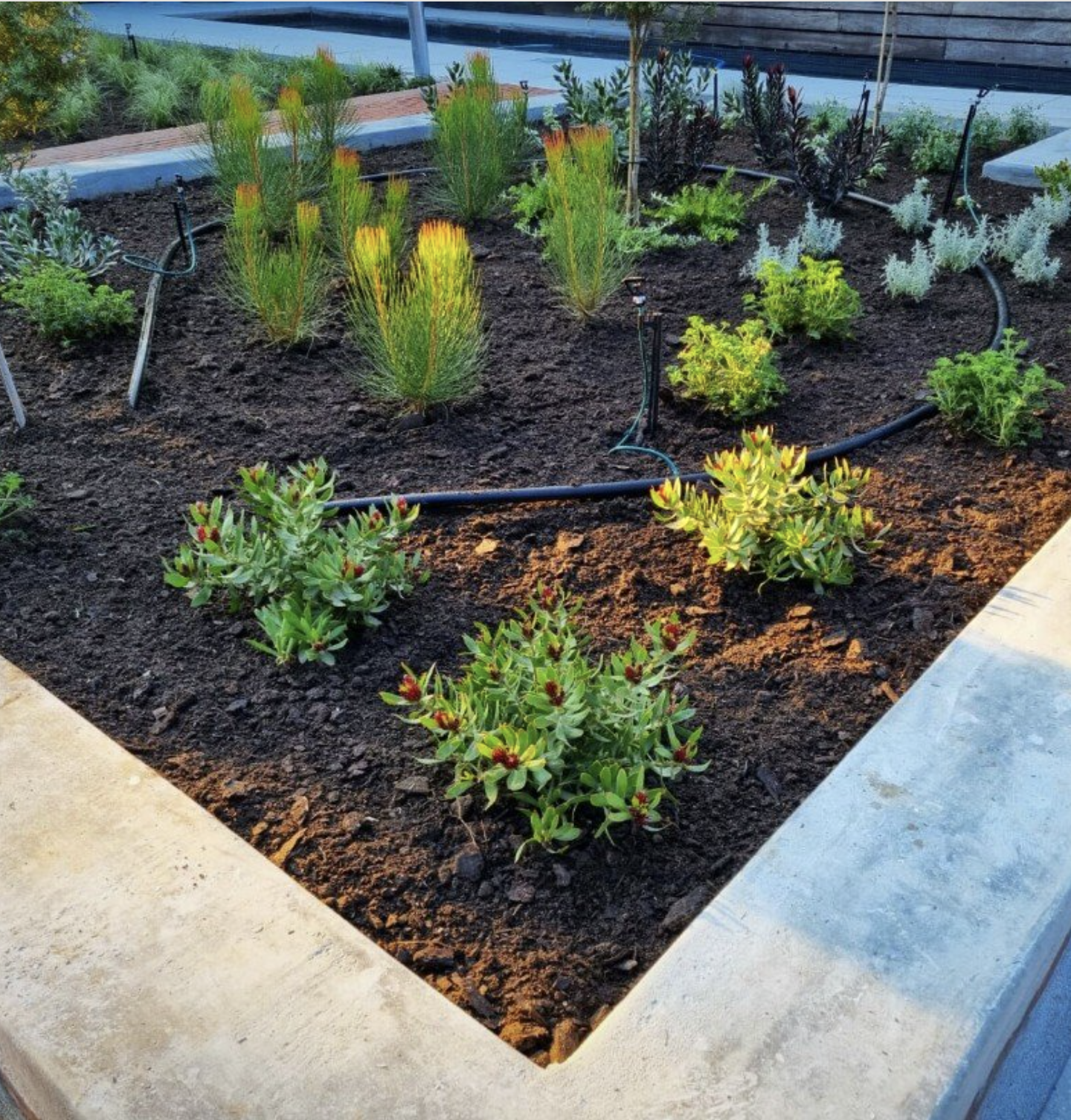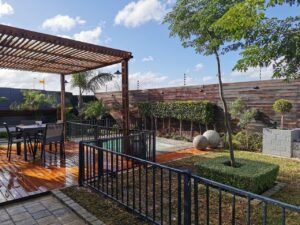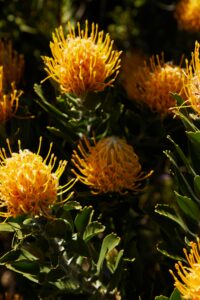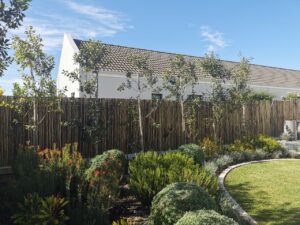Making Indigenous Plants Thrive (Not Just Survive)
The Cape Floral Kingdom is unique, and while indigenous plants like fynbos are technically adapted to our climate, they require specific care to thrive in a garden setting. Unlike hardier exotic shrubs, Fynbos has particular needs when it comes to soil, nutrients, and water.
The No-Manure Rule: Soil & Nutrition
The Soil Paradox
Fynbos has evolved to grow in nutrient-poor, acidic, sandy soils the opposite of what most traditional garden plants need. The biggest mistake is treating them like ordinary shrubs.
- No Compost/Manure: Avoid rich organic materials like chicken manure or mushroom compost. They contain high levels of Phosphates, which can be toxic to many Fynbos species (especially Proteaceae).
- Use Pine Bark Mulch: Use coarse materials like pine bark or chipped tree cuttings for mulch. This helps retain moisture and slowly increases soil acidity.
- Drainage is Everything: Ensure perfect drainage. If you have heavy clay, plant Fynbos on a slight mound or in a raised bed amended with coarse sand.
Watering: Training Roots for Drought

While they are drought-tolerant, young Fynbos plants need help getting established. The goal is to encourage deep roots that can withstand summer dryness.
- Establishment Phase (First Year): Water deeply once or twice a week during the dry summer months.
- Mature Phase: After the first year, rely primarily on natural rainfall. Only provide supplemental water during extreme, prolonged dry spells.
- Timing: Always water in the early morning to reduce evaporation and fungal risk.
Pruning for Health and Bushiness
Pruning is essential for shape, longevity, and profuse flowering in many indigenous plants.
- When to Prune: Prune most species immediately after flowering, usually in late spring or early summer.
- The ‘Green Wood’ Rule: Never cut into old, woody stems that have no green leaves, as Fynbos often won’t sprout new growth from old wood. Only prune the tips and younger green growth.
- Restios: Cut back dead stems to the base to encourage fresh, bright green growth.
The Reward of an Indigenous Garden
By respecting their unique needs, low nutrients, excellent drainage, and careful watering, you can transform your garden into a sustainable, biodiverse, and stunning showcase of the Cape’s natural beauty.








